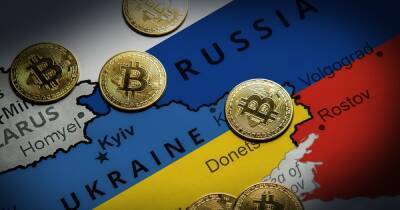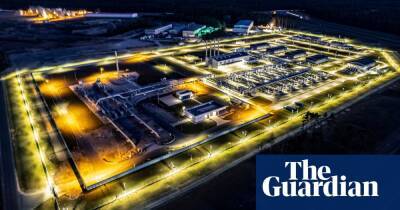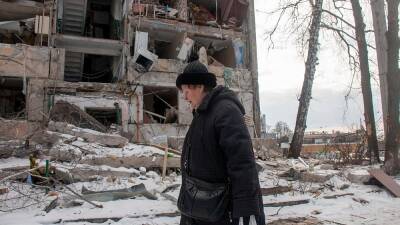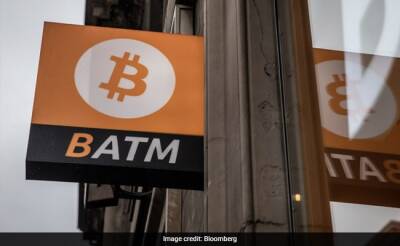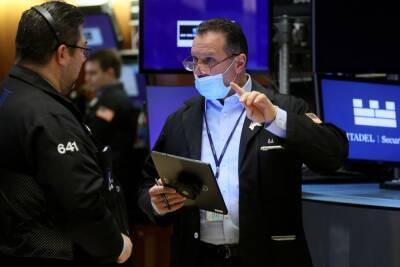We must tackle the economic fallout of the Ukraine war now
Russia’s invasion of Ukraine, and the sweeping sanctions the US and Europe have imposed on Russia in response, have triggered economic disruptions at four levels: direct, blowback, spillover, and systemic. To contain their longer-term consequences, we must start working on recovery plans now.
Needless to say, the Ukrainian and Russian economies are being hit the hardest. Economic activity in Ukraine is likely to contract by well over a third this year, aggravating the rapidly escalating humanitarian crisis. Already, the war has led to more than 750 civilian casualties and driven 1.5 million Ukrainians to flee to neighbouring countries, with millions more on the move internally.
While Russia is not enduring large-scale human suffering or physical destruction, its economy is set also to contract by about a third, owing to the unprecedented severity of the sanctions it is now under. In particular, a freeze on the central bank’s assets and the exclusion of selected Russian banks from Swift, the financial messaging system that enables most international bank payments, are bringing the economy to its knees, with “self-sanctions” by households and companies, from Apple to BP, compounding the damage.
Russia is now headed toward severe foreign-exchange constraints, massive goods shortages, a collapsing rouble, mounting arrears, and the expectation among households that things will get worse before they get better. This picture has much in common with what I saw when visiting Moscow in August 1998.
Even if the war ended tomorrow, it would take years for these economies to recover; and the longer the war continues, the greater the damage, the larger the potential for vicious interactions and adverse cycles, and the deeper the
Read more on theguardian.com



